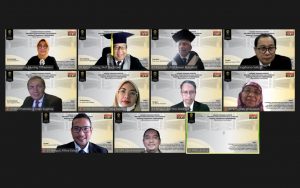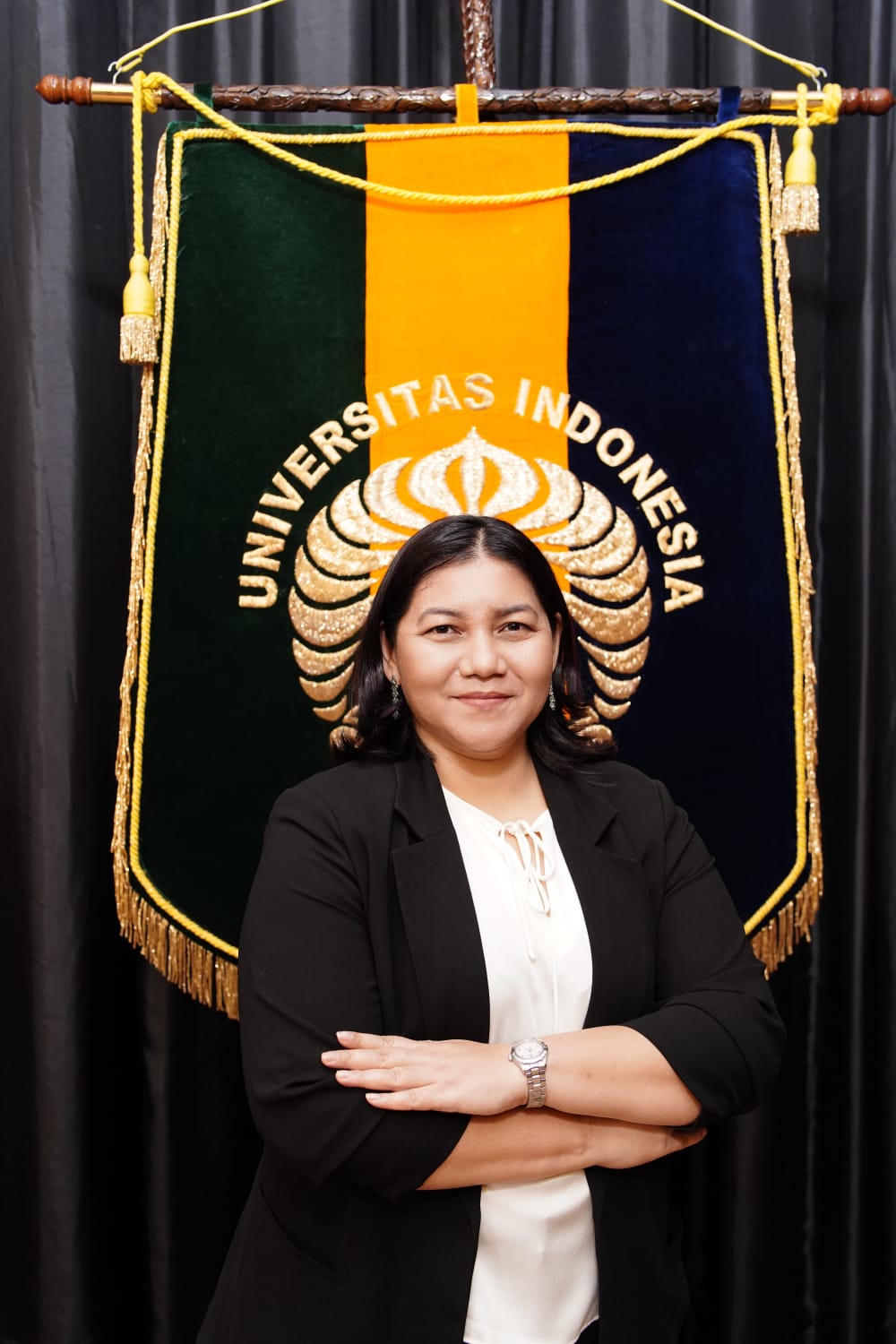
Advances in information technology can magnify the wave of financial crises and accelerate their spread to other regions or countries. The rapid development of the financial sector also contributed to the crisis, one example being the emergence of International Financial Integration (IFI). If there is a domestic financial disruption in one country, it can cause a domino effect that disrupts the integrated economy and global finance.
Financial crises can spread quickly and widely in a short time, due to systemic risks from the global network. Nuning Trihadmini raised this issue in her doctoral dissertation entitled Contagion, Interdependence, and Spillover EffectComparative Analysis of the Asian Crisis and the Global Financial Crisis through Financial Channels and the Impact and Response of Monetary Policy in five Asean Countries (DCC GARCH–GVAR Model)”, in Postgraduate Program in Economics (PPIE), Faculty of Economics and Business (FEB) Universitas Indonesia (UI).
She compares the Asian crisis with the global financial crisis in terms of the pattern of transmission, both intraand inter-asset prices, and analyzes the response of monetary policy to it. The study of contagionand spillover effects through financial channels is considered important, considering that several crisis episodes that hit the world occurred because of financial ties between countries.
Contagionand interdependencetests were carried out using the dynamic conditional correlation (DCC)–GARCH method from daily data. Meanwhile, testing forspillover, generalized impulse response function (GIRF), and policy response, uses a global VAR (GVAR) model with monthly data. The analysis period was from January 1995—March 2018.
Nuning explained that there are similarities and differences in transmission patterns between the Asian crisis and the global financial crisis. Some similarities include the propagation of shock in the intra asset price is greater than the inter asset price; common cycle (crisis transmission) tends to occur in short and repetitive periods; there is interdependenceon the exchange rate; and the sharpest depreciation of the rupiah against the currencies of ASEAN countries during the two crisis periods.
The difference between the Asian crisis and the global financial crisis is that there is intra-asset price interdependenceon overnight(O/N) interest rates, exchange rates, and limited interdependenceon stock indexes in the Asian crisis. The O/N interest rate has the highest degree of co-movement, either intra-asset price, inter-asset price, or intra-ASEAN. In the global financial crisis, there was an asymmetry of interdependencein the exchange rate, namely the negative interdependence(before the global financial crisis) was smaller than the positive interdependence (during the global financial crisis).
In addition, during the global financial crisis, the exchange rate showed the largest co-movement. There is a strong link between exchange rates and stock indices, but exchange rate shockshave a larger effect and persist in the long run.
“Among real variables, inflation received the largest spillover effect in the two crises, but in the Asian crisis the effect was more explosive. The decline in gross domestic product (GDP) during the Asian crisis was mostly due to the spillover effect of public debt, while during the global financial crisis it was less due to the exchange rate. Meanwhile, the tight money policy response to the Asian crisis was more effective in the long term (1–2 years), while the stabilization policy response to the global financial crisis was more effective in the short term,” said Nuning.
Nuning’s research contributed to four asset prices in the global financial crisis, namely stock indices (stock prices), exchange rates or currencies (foreign exchange prices), bonds (bond prices), and short term funds (money prices). This great contribution earned Nuning his 127th doctoral degree in Economics with a very satisfactory predicate, on Tuesday (11/1).

In the doctoral promotion, the Chair of the Session was Prof. Nachrowi D. Nachrowi, Ph.D., Prof. Anwar Nasution, Ph.D. as Promoter, Dr. Telisa Aulia Falianty as Co-Promoter I, and Iman Sugema, Ph.D. as Co-Promoter II. The test team consists of Prof. Nachrowi D. Nachrowi, Ph.D., Febrio Kacaribu, Ph.D., Sugiharso Safuan, Ph.D., Fithra Faisal Hastiadi, Ph.D., and Dr. Edi Prio Pambudi.
Writer: Rifdah Khalisha | Editor: Sapuroh
For more information refer to:



